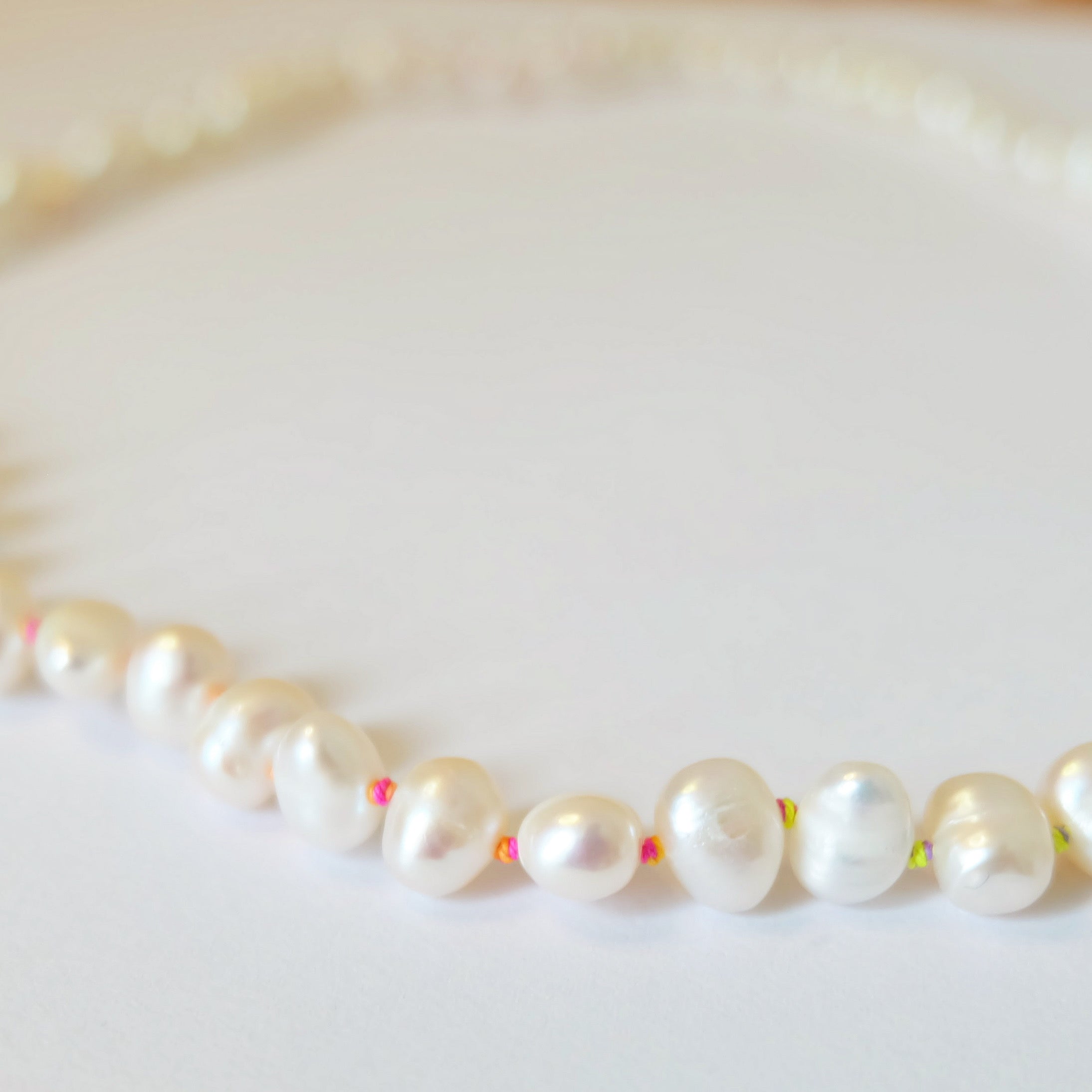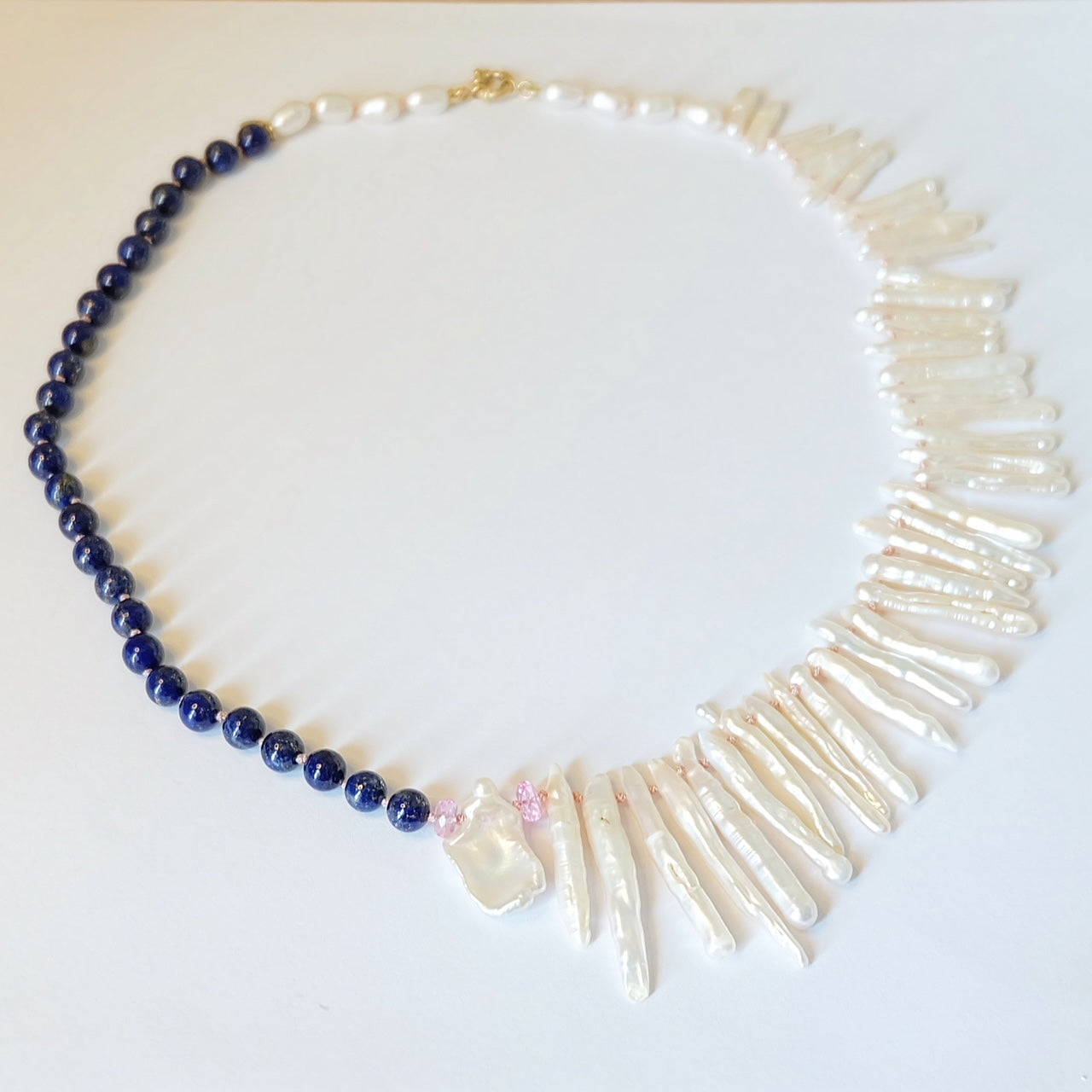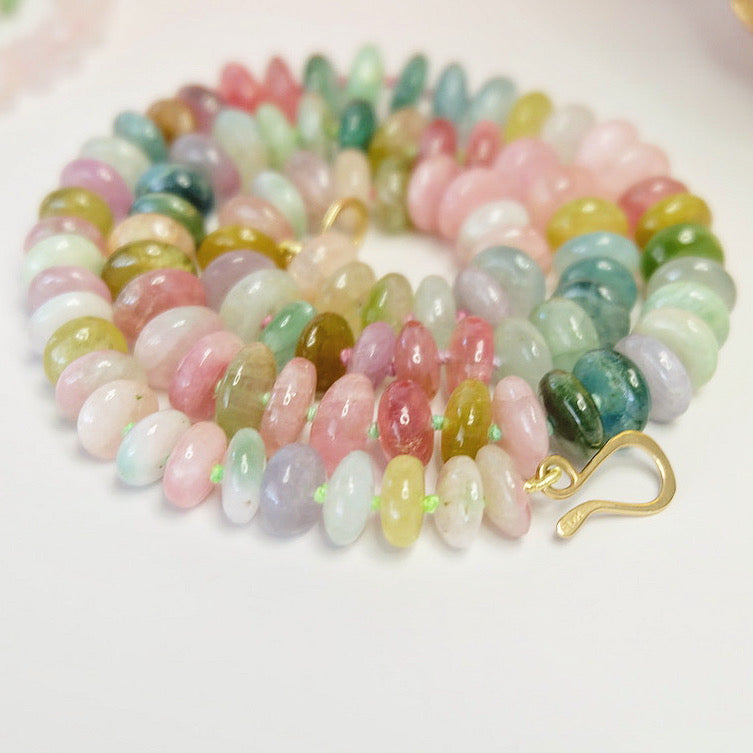
Will sterling silver turn green?
Share
Sterling silver jewelry is beautiful, but will it sometimes turn green?
Discover the surprising reasons behind this common issue and how to prevent it.
Understanding the Composition of Sterling Silver
Sterling silver is an alloy, which means it is a mixture of metals. Pure silver, or fine silver, is too soft for practical use in jewelry, so it is mixed with other metals to increase its durability. Typically, sterling silver consists of 92.5% silver and 7.5% other metals, most commonly copper. The hallmark '925' is often stamped on sterling silver pieces, indicating their purity. While pure silver is too soft for practical use, the addition of other metals ensures that sterling silver retains its shape and resists scratches.
is too soft for practical use in jewelry, so it is mixed with other metals to increase its durability. Typically, sterling silver consists of 92.5% silver and 7.5% other metals, most commonly copper. The hallmark '925' is often stamped on sterling silver pieces, indicating their purity. While pure silver is too soft for practical use, the addition of other metals ensures that sterling silver retains its shape and resists scratches.
Shine Bright
Explore our Silver Link Necklace.
The addition of copper is essential for creating a durable and workable material, but it also introduces certain chemical properties that can lead to discoloration, including the greenish tint that sometimes appears on sterling silver jewelry.
Chemical Reactions: The Role of Copper
Copper is a key component in sterling silver, but it is also highly reactive. When copper comes into contact with moisture and air, it can undergo a chemical reaction known as oxidation. This reaction forms a greenish layer of copper carbonate on the surface, commonly known as patina.
While patina can add a unique character to antique pieces, it is not always desirable on newer or frequently worn jewelry. The green discoloration is particularly common in areas where the jewelry comes into prolonged contact with the skin, as sweat and natural oils can accelerate the oxidation process.
can accelerate the oxidation process.
Environmental Factors Contributing to Green Discoloration
Several environmental factors can contribute to the green discoloration of sterling silver. Humidity, for example, can speed up the oxidation process by providing the moisture necessary for the chemical reaction. Similarly, exposure to chemicals like chlorine, sulfur, and even certain acids in foods can exacerbate the issue.
In addition to these external factors, body chemistry also plays a significant role. The pH level of your skin, the amount you sweat, and even the cosmetics or lotions you use can all influence how quickly your sterling silver jewelry develops a greenish tint.
Why Sterling Silver Might Turn Your Skin Green
One common concern with sterling silver jewelry is the potential for it to turn your skin green. This phenomenon occurs due to a reaction between the metal alloys (such as copper) in the sterling silver and the acids in your skin. When these elements come into contact, they can cause a greenish tint to appear on your skin, especially in areas prone to sweating.
Other factors that can contribute to this reaction include exposure to lotions, perfumes, and other chemicals. The green discoloration is harmless and usually washes off with soap and water.
Common Misconceptions About Sterling Silver and Skin Discoloration
A prevalent misconception is that sterling silver itself turns green. In reality, the green discoloration is a result of the copper in the alloy reacting with your skin. Pure silver does not cause this reaction.
Another myth is that only cheap or low-quality sterling silver will turn your skin green. Even high-quality sterling silver can cause skin discoloration depending on your skin's chemistry and environmental factors.
How to Prevent Sterling Silver from Turning Your Skin Green
There are several ways to prevent your sterling silver jewelry from turning your skin green. One effective method is to apply a thin coat of clear nail polish to the parts of the jewelry that come into contact with your skin. This creates a barrier that prevents the metal from reacting with your skin.
Another tip is to ensure your skin is dry and free from lotions or perfumes before wearing your jewelry. Regularly cleaning your jewelry with a soft cloth and mild soap can also help remove any residue that might cause a reaction.
Preventive Measures to Keep Your Sterling Silver Shiny
To prevent your sterling silver jewelry from turning green, it's important to minimize its exposure to moisture and chemicals. Store your pieces in a dry, airtight container when not in use, and consider using anti-tarnish strips to absorb any moisture that might be present.
Wipe down your jewelry with a soft, lint-free cloth after wearing it to remove any oils or sweat that might accelerate oxidation. Additionally, try to avoid wearing your sterling silver pieces while swimming, exercising, or during activities that cause you to sweat excessively.
Effective Cleaning Techniques for Tarnished Sterling Silver
If your sterling silver jewelry has already developed a greenish tint, there are several effective cleaning techniques you can use to restore its shine. One popular method involves using a mixture of baking soda and water to create a paste, which can be gently rubbed onto the jewelry with a soft cloth or toothbrush.
For more stubborn tarnish, you might consider a commercial silver cleaner, but be sure to follow the manufacturer's instructions carefully. Ultrasonic cleaners are another option, though they should be used with caution as they can sometimes damage more delicate pieces.















































